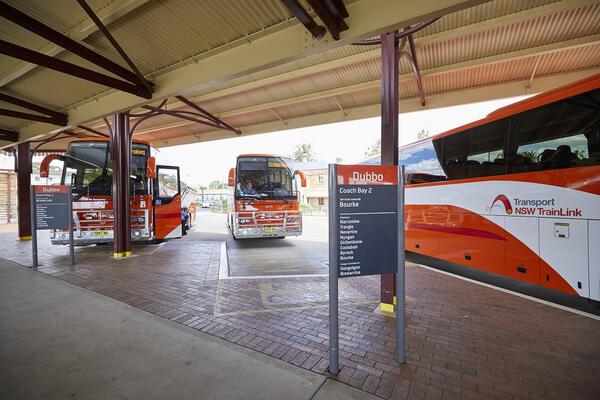
Regional Town and Rural Hinterland Blueprint
Research to better understand mobility as a service (MaaS) requirements in a regional context.
Background
Mobility as a Service (MaaS) is an important part of the Future Transport Technology Roadmap of Transport for NSW. Despite accumulating a great deal of knowledge and experience in progressively introducing elements of MaaS into a metropolitan setting, there are further insights to be gained in the context of regional towns and rural hinterlands (RTRH).
MaaS in regional towns and rural hinterlands is unlikely to be built on a strong, regular route-based public transport offering, therefore car-based solutions may be important in the mix with potentially more flexible forms of public transport services. There is also a need to acknowledge the different customer base. In a RTRH setting, reducing social exclusion and improving well-being will be at the forefront as important objectives that can be enhanced through a MaaS framework.
Current research identifies that ‘understanding the value of improving well-being highlights the opportunities to assist those at most risk of mobility-related social exclusion by taking more integrated approaches to transport planning and policy making’. This is particularly the case in a RTRH setting.
This project sought to design a blueprint for future MaaS initiatives in a RTRH setting, drawing on experience in the Sydney MaaS trial, international evidence, and new data specifically collected with stakeholders in the RTRH environment.
Findings
The final report of this research has been broken up into a number of reports. Overall, the research concluded that:
- Regional and Rural MaaS should be built on a mix of car-based (e.g. carsharing, ridesharing, community transport) and potentially more flexible forms of public transport (On-demand bus).
- Traditional booking methods like phone reservations should be included alongside digital options for Regional and Rural MaaS. Given the impact of COVID-19 on technology usage, particularly the increased use of QR codes and smartphones, it is likely that the technology usage gap will become less significant in the future.
- Reducing social exclusion and improving well-being come to the forefront as very important objectives that can be enhanced through a MaaS framework in a regional and rural setting.
- Closer integration between various mobility services could facilitate and influence travel behaviour, enhancing user experience, accessibility to surroundings, modal shift, and increase trust in public transport.
Documentation
- Design of a Regional Town and Rural Hinterland MaaS Blueprint – Executive Summary (PDF, 2.37 MB)
- Design of a Regional Town and Rural Hinterland MaaS Blueprint – Main Report (PDF, 12.23 MB)
- Design of a Regional Town and Rural Hinterland MaaS Blueprint – Annex 1 (PDF, 877.01 KB)
- Design of a Regional Town and Rural Hinterland MaaS Blueprint – Annex 2 (PDF, 2.85 MB)
- Design of a Regional Town and Rural Hinterland MaaS Blueprint – Annex 2.A (PDF, 2.5 MB)
- Design of a Regional Town and Rural Hinterland MaaS Blueprint – Annex 2.B (PDF, 697.17 KB)
- Design of a Regional Town and Rural Hinterland MaaS Blueprint – Annex 2.C (PDF, 335.23 KB)
- Design of a Regional Town and Rural Hinterland MaaS Blueprint – Annex 2.D (PDF, 438.15 KB)
- Design of a Regional Town and Rural Hinterland MaaS Blueprint – Annex 3 (PDF, 6.76 MB)
- Design of a Regional Town and Rural Hinterland MaaS Blueprint – Annex 4 (PDF, 759.34 KB)
- Design of a Regional Town and Rural Hinterland MaaS Blueprint – Annex 5 (PDF, 2.33 MB)
iMOVE hosted a public webinar on research findings. The presentation can be found here.
This research is being delivered in partnership with iMOVE CRC and supported by the Cooperative Research Centres program, an Australian Government initiative.
